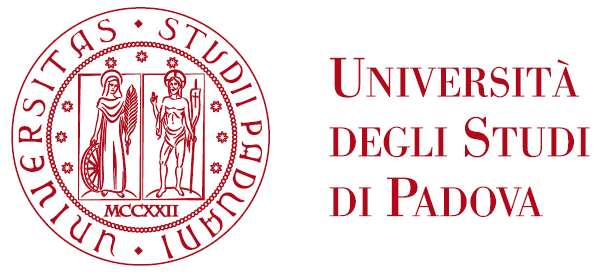

A colloquium series in Mathematics and Computer Science
Anyone and Everyone is welcome. Organized by:

In the beginning elementary part I shall explain some basic notions about binary codes, vector spaces of functions with values in the field with 2 elements, giving examples and relying on basic linear algebra.
I will then explain the relation between coding theory and families of singular surfaces X, based on the first homology of the nonsingular part X* of X and, more generally, of the complement in X* of a hyperplane section D. If X is nodal, we get two binary codes K and K'.
Theorem 1: (D2 = 4) the set of components of the space of nodal quartic surfaces in P3 with d nodes is in bijection with the set of isomorphism classes of d-binary codes K' which are the shortenings of the so called Kummer code.
I will then show the 'Genealogy Tree' of nodal quartic surfaces, that is, the adjacency relation given by the condition that one family is in the closure of another.
This theorem, and other similar theorems for the case of all K3 surfaces with degree D2 = 2m, allow also to determine the fundamental group of X*. The reason why everything works well for K3 surfaces is based on Torelli's theorem that K3' are determined by their periods.
The link between codes and periods runs as follows: K' is the quotient L' / L, where L is the lattice, inside the second cohomology lattice H of a minimal resolution S of X, generated by D and by the exceptional curves, and where L' is the saturation of L in H.
K' determines then L', which is primitively embedded inside H. Conversely, coding theory allows to classify the potential K3 codes K', and then Nikulin' s theory determines when the corresponding lattice L' admits a primitive embedding in H.
The upshot is that everything can be done without computers, answering in two lines a problem open since more than 150 years.
A dream would be to be able to treat similarly all singular K3 surfaces, whose singularities are called ADE or RDP singularities. For this a beginning step is the development a new coding theory, associated to normal surfaces.
Our approach uses also the unobstructedness theorem for K3 surfaces, and here a crucial feature is that adjacency and smoothing have as code theoretic counterpart the notion of shortening.
Fabrizio Catanese is a distinguished Italian mathematician specializing in algebraic geometry, complex analysis, and related fields. He obtained his degrees from the Scuola Normale Superiore in Pisa and the University of Pisa in 1972. Throughout his career, Catanese has held esteemed academic positions, including professorships at the University of Pisa, University of Göttingen, University of Bayreuth, and Centro Beniamino Segré of Accademia dei Lincei in Roma. He was also proposed as the director of ICTP in Trieste, but declined, and he served as a director of CIRM in Trento.
His research focuses on moduli spaces of algebraic surfaces and the classification of both complex and real algebraic surfaces. Catanese's outstanding contributions have earned him numerous awards, including the Gold Medal of the Italian Society of Sciences in 1993 and an ERC Advanced Grant in 2013. He has been a visiting professor at prestigious institutions worldwide, including the University of California, San Diego, ETH Zurich, Stanford University, Florida State University, the University of Michigan, Ann Arbor, Columbia University, Korea Institute for Advanced Study, RIMS in Kyoto, Max Planck Institute in Bonn, MSRI, Isaac Newton Institute, Institut Henri Poincaré, and Mittag-Leffler Institute, as well as in Hong Kong, Amsterdam, Utrecht, and CIRM in Barcelona. Currently, he also serves as an editor for the Journal of Algebraic Geometry.
For further info visit his webpage or the presentation of Accademia Nazionale dei Lincei
